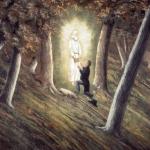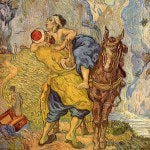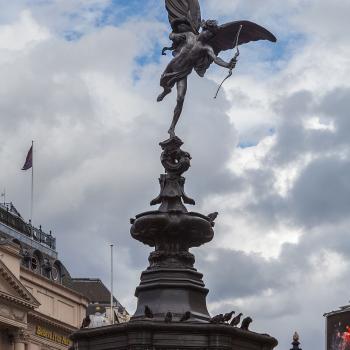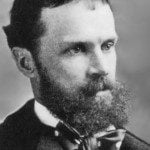
These two articles were posted today in Interpreter: A Journal of Latter-day Saint Faith and Scholarship:
- “The Lamb of God: A Note on the Significance of Meir Bar-Ilan’s Paper for Latter-day Saints,” written by Jeff Lindsay
Abstract: Dr. Meir Bar-Ilan’s paper, “The Heavenly Lamb, Sacrifices on the Heavenly Altar, and the Song of the Lamb,” appearing concurrently in Interpreter, is a welcome contribution from a noted Jewish scholar. Bar-Ilan has called the world’s attention to a remarkable Hebrew manuscript with origins in antiquity, Words of Gad the Seer. Those interested in the relationship between Jewish texts and Latter-day Saint scriptures may also wish to compare the findings in Bar-Ilan’s paper with treatments of the Lamb of God in the Book of Mormon and the Book of Moses.
- “The Heavenly Lamb, Sacrifices on the Heavenly Altar, and the Song of the Lamb,” written by Meir Bar-Ilan
Abstract: The symbolic image of the Lamb of God is well-known in the New Testament and The Testaments of the Twelve Patriarchs. This image derives from the Old Testament, later adopted by early Christians. Words of Gad the Seer is an apocalyptic pseudepigraphal book written in pseudo-biblical Hebrew from a manuscript copied in the eighteenth century. After over thirty-three years of investigation, many aspects of this recently discovered text are coming to light. There are more than twenty similarities between this largely unknown book and the book of Revelation, though one was written by a Jewish man who became Christian and the other by a (non-rabbinic) Jew. This old yet newly discovered book will be presented briefly, and the concept of the Heavenly Altar and the song of the Lamb will be discussed. Some esoteric traditions’ pseudepigraphic, rabbinic, and Hekhalot literature will be presented concerning what is sacrificed on the Heavenly Altar or goes up to God, giving the heavenly world a new look. The relationship of the Song of the Lamb to Revelation 15:3 and Jewish liturgy is also explored.
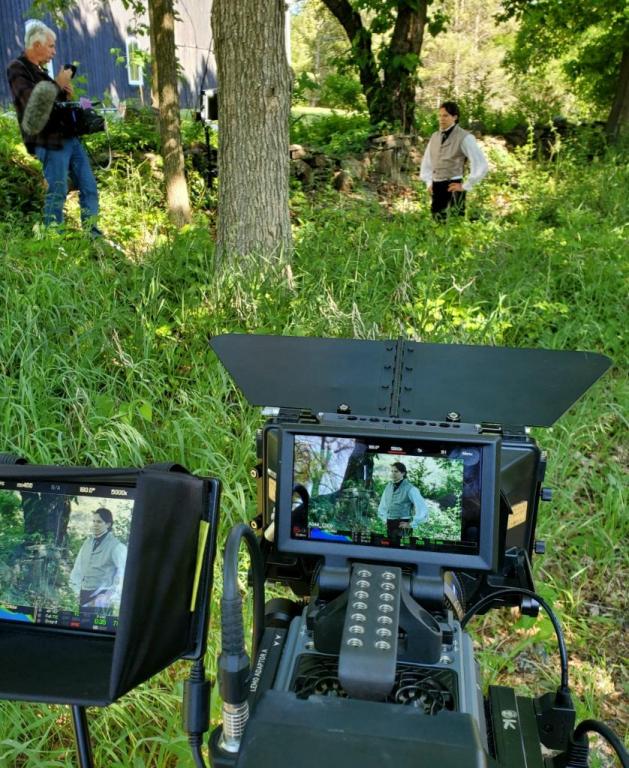
You can still watch the Interpreter Foundation’s 2021 theatrical film Witnesses online at no charge. I didn’t expect this offer to go on so long, but I hope that some of you will take advantage of the opportunity. And have your neighbors and ward members seen it? Has your family seen it? Have the members of your court seen it? Have you at least called it to their attention? Has your dog-walker watched the film? Has your chauffeur? Your manicurist? Your valet? Your taster? Your jester? If not, why not?
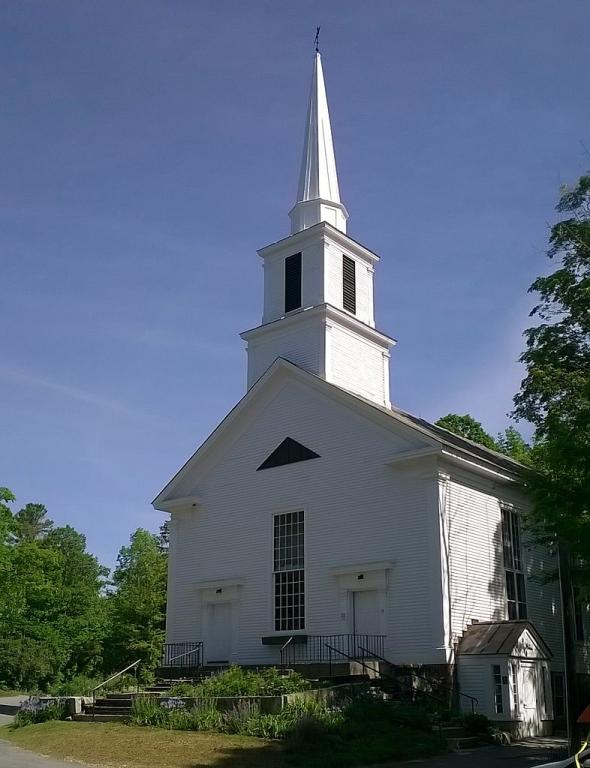
This article in the Wall Street Journal is worthy of reflection, I think. Its co-author is Ryan Burge, whom I and many others regard as one of the most interesting American sociologists of religion now working: “Are Americans Really Losing Their Religion? About 100 million people in the U.S. say they have no religious faith, but a new survey paints a more complicated picture.” (I hope that you are able to access it.)
This article, too, seems worth pondering (or, if you prefer, “ponderizing”): “The real Gen Z religion story is about women: On most indicators, Gen Z men’s religious behavior has largely stayed the same in the past decade. Instead, it is Gen Z women who have moved religiously.”
And, while we’re on this theme, you might have a look at this: “Catholics Are Rapidly Losing Ground: A new survey shows that for every 100 new Catholics, more than 800 people leave the Church. As bad as that is, the news is actually worse when we look more closely at the numbers. Radical changes are needed.”
And this: “Decline in U.S. Catholic Church doesn’t have a political solution”
But Latter-day Saints shouldn’t feel complacent or smugly superior. We appear to be battling the same headwinds: “Pew: Utah’s religious “nones” rise; Christianity — including Mormonism — declines: Change in share who say they identify as Christian or unaffiliated in Utah” Assuming that the Pew figures are accurate and that the analysis correct, it remains unclear (to me, at least) what proportion of the rise in Utah religious “nones” should be credited to disaffiliation (certain the number isn’t zero) and what proportion of it stems from the immigration into Utah of outsiders who have been attracted by the state’s strong economy. In either case, it’s clear that Utah has become even more of a “mission field” than it already was.
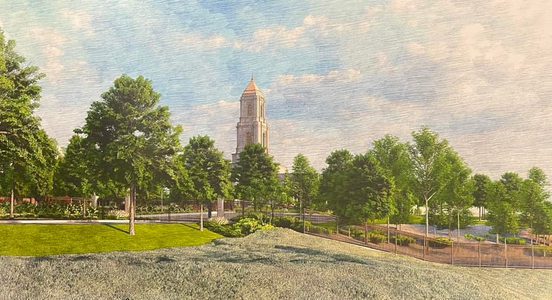
Pretty much ever since it was announced, opponents of the Cody Wyoming Temple — e.g., an organization called Preserve Our Cody Neighborhoods — have claimed that it would blot out the sky, dominate and loom over the city, and block views of the beautiful mountains that surround urban Cody. But construction of the temple is now underway. Its framing is substantially complete, and the horrified prophecies of the temple’s opponents have clearly been fulfilled. If you take a look at the 5 March 2025 construction photograph by Tom Cook entitled “Framing the steeple,” you can easily see how prescient those prophets of doom were. Although it’s admittedly true that the temple will be a very small one, with only 9,950 square feet of floor space, and that it will be set within 4.69 acres of private landscaped grounds, it already dominates the city’s skyline, conceals the alpine mountains that surround Cody, and almost completely hides the sun, the moon, and the stars from view. (For an aerial photograph of the temple’s dominant location in the downtown heart of Cody — or, alternatively, intrusively inserted into one of the city’s modest and quiet residential suburbs — see here.)


